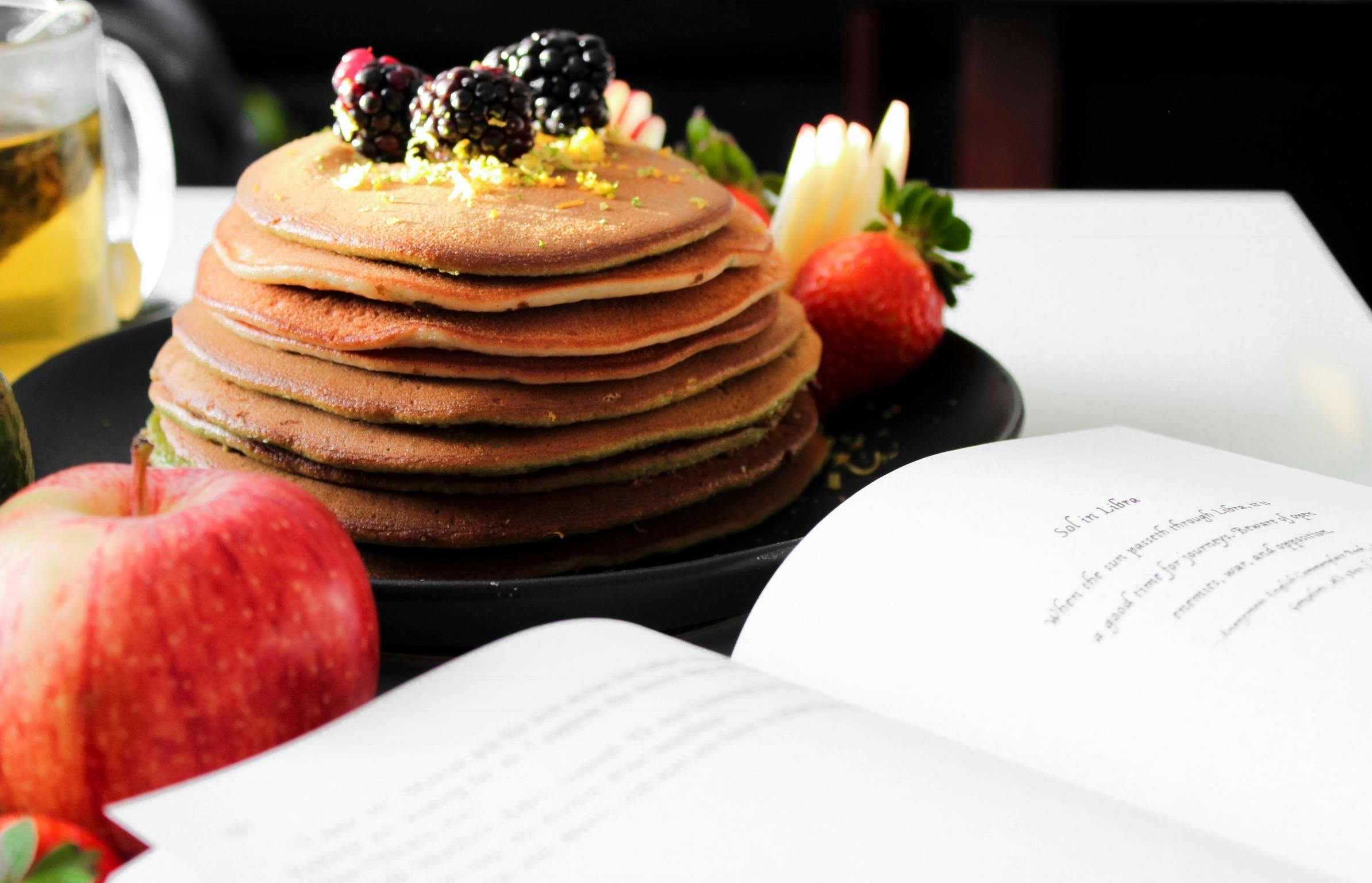Before starting the house cleaning battle, it is a good idea to know the enemy. There are several types of mold, so we have summarized a list of the most common.
Get ready for a housecleaning of the usual suspects
It is important to mention that although there is mold everywhere, there are some countries with climatic conditions that are especially favorable for its growth. We’re looking at you Great Britain! Weekly house cleaning in London can be a real nightmare if you have no idea what you’re up against.
ketomine
Chaetomium is a tough mold commonly found in kitchens and bathrooms, but it also grows quite well on carpets, mattresses, and wallpaper. This type of fungus is the result of some type of water damage to your home: basement flooding, leaky pipe. Its colors vary from gray to black and can usually be spotted very easily.
The effect that the mold colony has on finer surfaces like wallpaper and wood frames is very negative. They usually destroy all the areas they inhabit.
Chaetomium can cause various allergic reactions and breathing problems. It can be particularly dangerous for people with diseases that weaken the immune system.
A good prevention method is to have a home inspection every year before the big annual house cleaning.
Cladosporium
Like Chaetomium, Cladosporium can be found in places with high humidity such as kitchens, bathrooms, and window frames. It is also frequently found in carpets and linings. Cladosporium is unique in its ability to grow in both hot and cold conditions.
This black colored mold can cause a lot of harm to the human body. People often develop severe allergic reactions like skin rash, asthma attacks, allergic sinusitis due to fungi. When cleaning Cladosporium colonies always wear protection as the fungi can cause severe irritation to exposed skin.
We recommend that you organize a monthly carpet cleaning, especially if you have pets and/or small children.
Penicillin
Everyone knows the curative effect of penicillin and its antibiotic qualities. Don’t be fooled, as penicillin is a type of mold that can be quite dangerous. These blue-green fungi love damp places and can easily spread around the house.
With long-term exposure to its effect, people can develop lung and breathing problems, asthma, throat swelling (anaphylaxis), even organ damage, and eventually organ failure.
You can easily get rid of penicillin mold using a homemade solution of 1 part water and ¼ part bleach. Wipe stains with a cloth and let dry. Be sure to wear gloves to protect your hands.
Ulocladius
Like all molds, Ulocladium needs a moist environment to grow and spread. It is known to cause excessive damage to wooden surfaces and can usually be seen in the corners of windows with high levels of condensation.
This type of mold is more dangerous for people predisposed to allergies and people with a low immune system. It is known to cause high fever and skin and eye infections. Ulocladium can easily be confused with some other type of mold, so be very careful.
Toxic molds to be aware of when cleaning your house
Stachybotrys
Also known as “black mold”, Stachybotrys is a type of toxigenic mold that can be found in almost every home in England. It thrives in dark, damp places like bathroom corners or on water-damaged walls and wallpaper. It has a slimy texture and should not be handled without gloves.
Toxic molds are known to cause neurological problems in children and pulmonary hemorrhage in infants. It is important to organize a regular house cleaning to avoid a serious health hazard.
People exposed to the negative effects of Stachybotrys for too long can develop numerous respiratory problems, chest pain, fever, nosebleeds and even depression.




